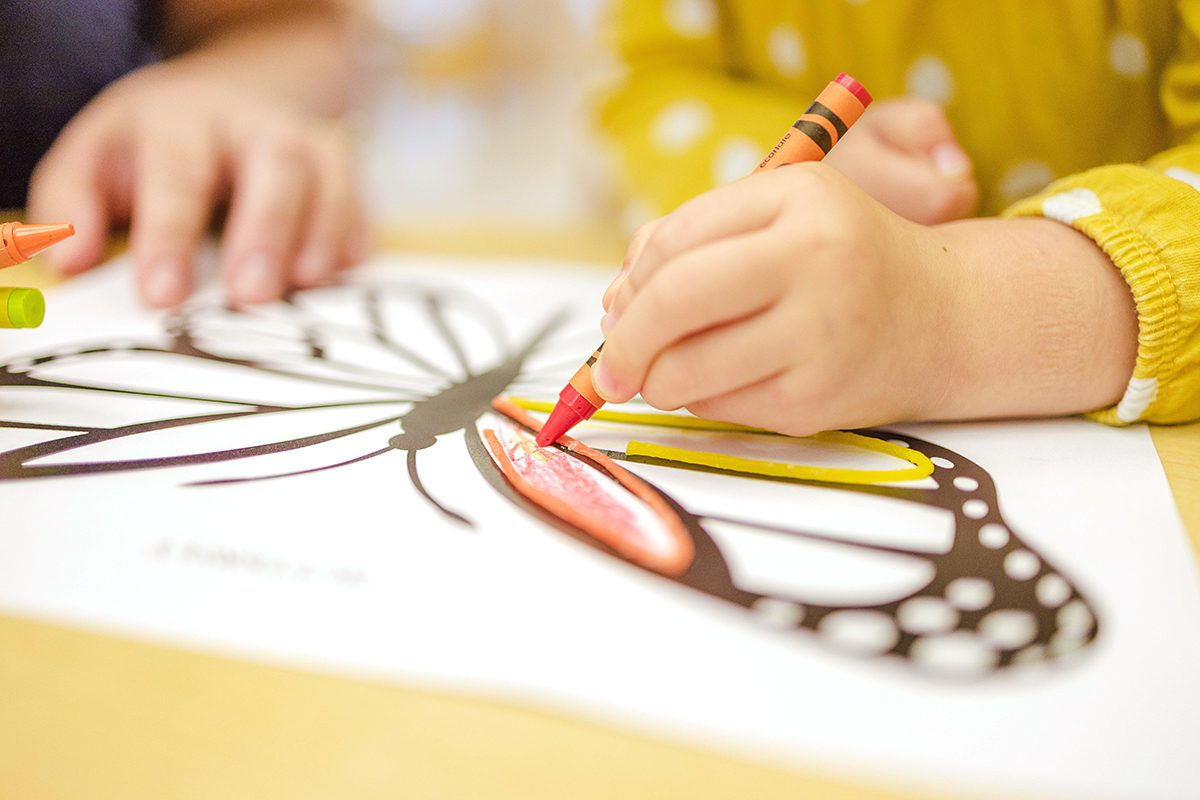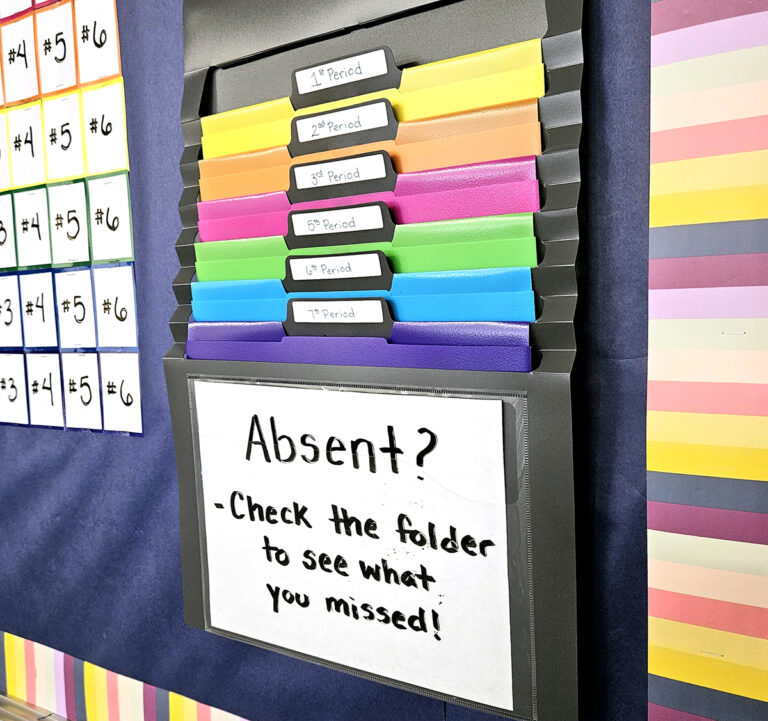You probably start your school day by checking emails, pouring paint, and cutting paper. Being prepared before classes start feels good, but then the day gets moving. Your morning classes are smooth, but you lose planning time because you got pulled to sub for another teacher. The stack of artwork you need to grade awaits and is gnawing at you to look through. Nonetheless, you try to stay positive and tell yourself you can do it tomorrow. The next day comes, and the same thing happens again! Now, there are more projects to grade and more lessons to plan. We feel your pain and are right there with you in those moments.
We recently gathered feedback via social media regarding what art teachers thought were the most rewarding and challenging parts of the profession. We compiled the most common responses.
The top two challenges for elementary art teachers are the lack of time and having multiple preps. Juggling a lot with only a little can be frustrating, but we have eleven tips to help you stay on top of your “A” game.
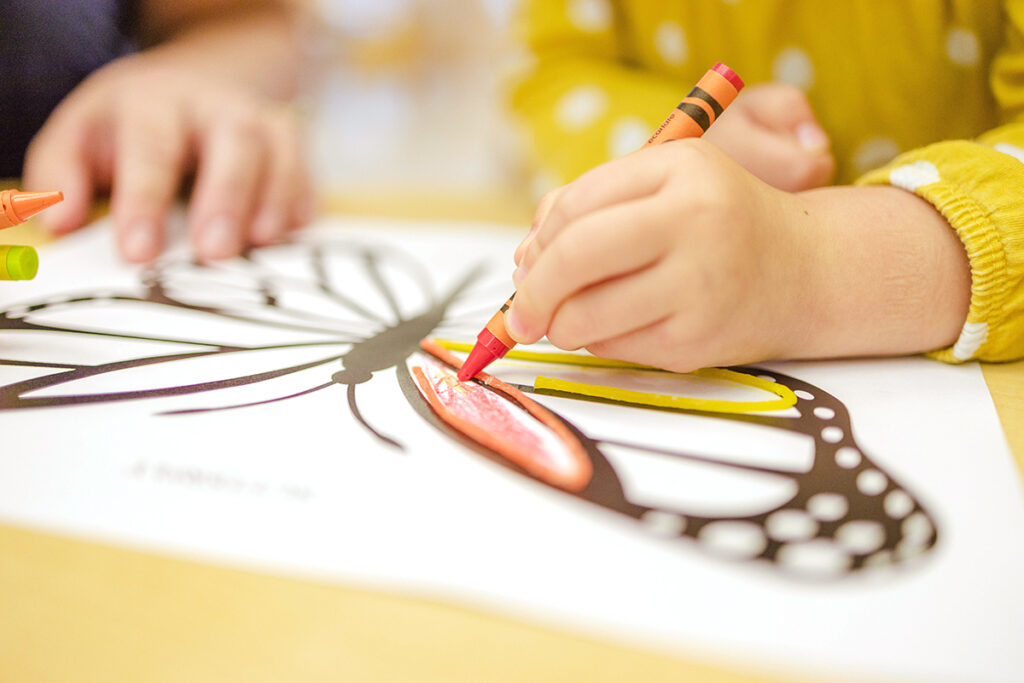
1. Overcome the lack of time.
Many art teachers can agree that time, or lack thereof, is one of the hardest things to overcome in the art room. This can involve not getting enough planning time, having a once-a-week elementary schedule, piling up too much to do in a short interval, or needing to get kids who missed several classes caught up. The reasons for needing more minutes in the day are endless. Currently working against this is how the U.S. is seeing a shortage of substitute teachers, which means educators have to fill in for other educators. Most of this pinch-hitting occurs during a teacher’s planning period or break time, which means putting things off another day.
Since we cannot add any more hours to the clock, here are four ways to maximize the time we have:
- Stay organized.
Letting clutter build will mean having to come back to it later. Don’t waste time reorganizing things when it could be better spent planning or grading. Another option is to enlist student helpers to sweep the floor, wipe tables, or put supplies away. - Prioritize.
Check off the things that need to be done first or the earliest. This ensures the most important items are taken care of in case something else comes up. - Make a list.
It sounds silly, but listing things out is a great way to stay organized and prioritize at the same time. It also can be quite satisfying to cross things off or have a visual reminder. - Say “no.”
Sometimes, we already have a full plate, and taking on more tasks is not possible. Saying “no” or holding off for a later date can be an effective way to keep your focus on the things you need to do now.

2. Prep for multiple grade levels.
Most of us do not have one prep period per class period. If you are, then you are one of the lucky few. The majority of art teachers will have to prepare for multiple classes and grades in one day. This means different supplies, age groups, and teaching strategies back to back to back.
Here are four tips to keep all grade levels as streamlined as possible:
- Teach in units or themes.
Each month, all grade levels can explore lessons that deal with a theme or unit. For example, maybe one month, all of your grades will explore sculpture. The third grade makes foil sculptures, the fourth grade learns recycled sculptures, and the fifth grade explores papier-mâché. This keeps your mind on similar techniques while differentiating for each grade level. - Think ahead with supplies.
Planning projects with similar supplies or preparing them in the morning on a cart to be pulled out later can save time. For example, maybe you pour paint into palettes for third grade, portion out pipe cleaners in trays for second grade, and stack the papers you need for first grade. That way, when your classes come knocking on your door, all you have to do is grab your cart, pull out what you need, and start teaching! - Write notes down on a calendar.
If you see classes once a week, it can be hard to remember which class missed which project because of an assembly or holiday. Writing down what part of a lesson each class is on at the end of each period keeps you and the students on track! - Plan lessons that extend several art classes.
It can be easy to think that one-day projects are easier to plan. However, you will need more of them to sustain you throughout the year, which can make your planning list much longer. While one-day projects have their place, planning lessons with multiple parts can be more enriching for students.
While it can be easy to view the glass as half empty, there are many rewarding parts of being an art teacher. We get to enjoy the freedoms that come along with the creative process, see the boundless imagination of children, and be a part of their growing process every day!
Art teachers’ top two favorite parts are our students and their sense of enthusiasm. We feed off of other people’s energy, especially our students. Their excitement when they learn something for the first time or bring in artwork from home to show us puts a smile on our faces and keeps us energized!
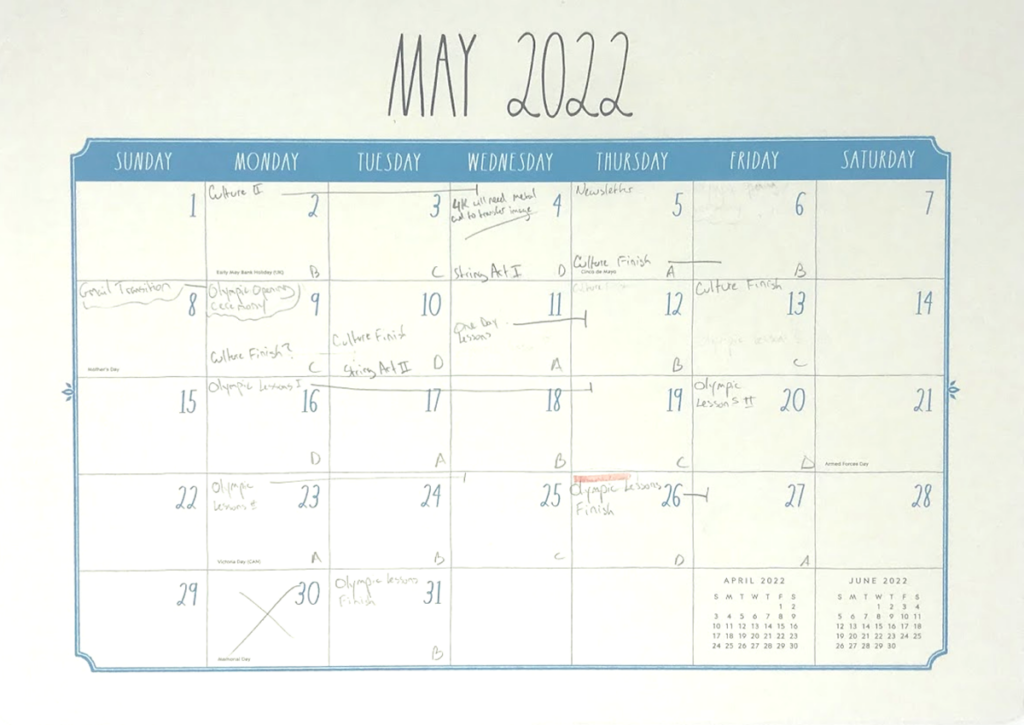
3. Enjoy moments with your students.
Without a doubt, working with children can be a powerful experience—especially with our elementary crew! They have wild ideas, are willing to take risks, and have pure joy when creating art. Working with kids is more than likely the number one reason why you chose art education as a profession in the first place. We have the honor of guiding students every day and shaping their love of art!
Art has such a positive impact on our students. Kids who enjoy art have fewer school absences, read more, and get into fewer conflicts. Therefore, our job as art teachers is to make sure we motivate our students and maintain their passion for the arts. Here is a video with different ways to get to know students. Little things can make a big difference and make a child feel special. In turn, this keeps their excitement up and wanting to come back to your classroom!
4. Watch your students’ enthusiasm!
Getting the most joy from our students goes hand in hand with the energy and excitement they have for art. Their eyes light up when they learn a new technique or see their artwork displayed in the hallway. They get giddy when telling us about their project idea or sharing parts of their personal life. It is their exuberance that gives us the motivation to keep doing what we do—especially when we have a stack of 100 projects to grade or last-minute lessons to plan.
Here are three ways to keep the enthusiasm going strong in your classrooms:
- Keep it positive.
Make sure your classroom environment is upbeat. This will encourage students to come back to your class. Compliment students to reinforce positive behaviors. This also leaves the door open for them to form a relationship with you. Strong rapport will keep students coming back to share their art and ideas with you. - Encourage off-the-wall ideas.
Students come up with the craziest thoughts, and at the elementary age, we know they live through their art. Letting them “play out” some of these crazy ideas in artmaking is a great way to maintain their passion. - Embrace their social side.
Letting kids collaborate or occasionally sit with their friends can be an awesome motivator and meet their social needs. We can be quick to forget what it was like to be a kid. Socializing and sharing ideas is one of the best parts of art. After all, what is the point of making something if you can’t show it off or talk about it?
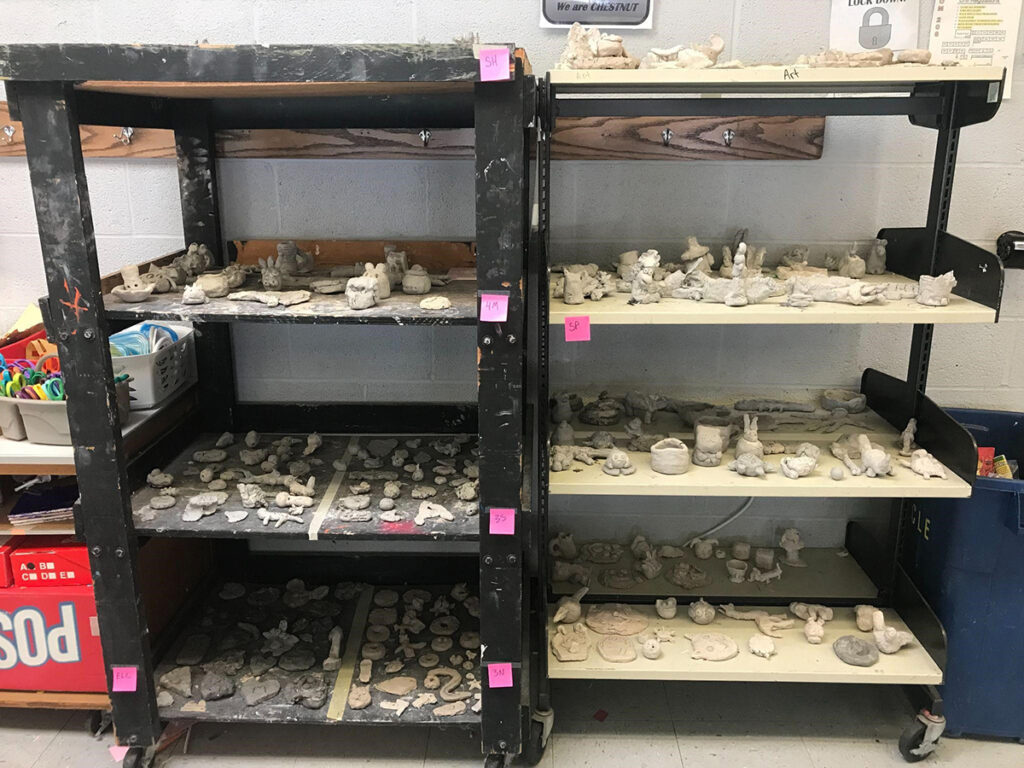
The lack of time and multitude of preps can be tough in the art teaching profession, especially at the elementary level. Let your students’ ideas, personalities, and creativity shine in your room. Allow their exuberance for the arts to overshadow the muddier parts of the day. Remind yourself why you do what you do. Never forget a child’s favorite class may be yours, or their favorite teacher may be you!
What is another challenging part about being an elementary art teacher?
Share a joyful moment in the elementary art room!
Magazine articles and podcasts are opinions of professional education contributors and do not necessarily represent the position of the Art of Education University (AOEU) or its academic offerings. Contributors use terms in the way they are most often talked about in the scope of their educational experiences.
